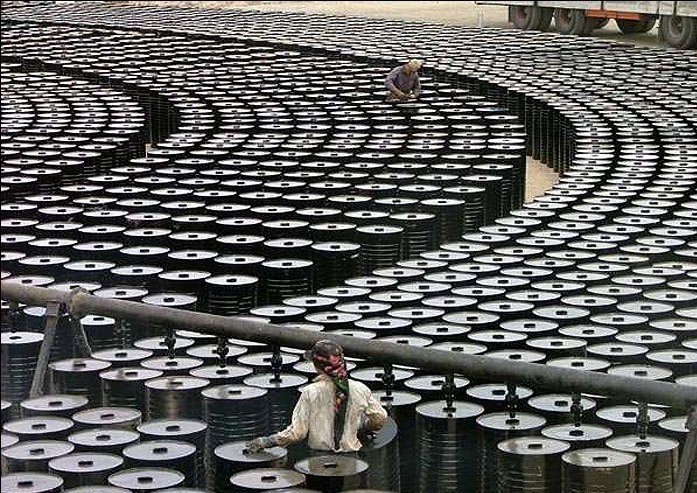 TEHRAN (FNA)- Managing Director of the National Iranian South Oil Company (NISOC) Hamid Bovard underlined that foreign investors are welcomed to partnership in the country's oil and gas projects.
TEHRAN (FNA)- Managing Director of the National Iranian South Oil Company (NISOC) Hamid Bovard underlined that foreign investors are welcomed to partnership in the country's oil and gas projects."NISOC has already started negotiations with the European companies and some investment projects have been prepared to deliver to them," he noted.
He pointed to the ongoing energy talks between Iran and Russia, and said, "Talks between Tehran and Moscow are part of the NISOC talks with foreign investors who are interested in investment in Iran's oil and gas projects.
Earlier this month, Managing Director of Pars Special Economic Energy Zone Mehdi Youssefi underlined that PSEEZ intends to attract foreign investors to build refineries and downstream petrochemical industries.
"Iran's long-term objectives in the (South Pars) include construction of refinery units for gas condensates and downstream petrochemical industries to prevent crude sales and attract foreign investment," Youssefi said, addressing a meeting of South Pars officials in Assalouyeh port, Southern Iran.
He reiterated that over 65,000 people are working in the pending phases of the South Pars and other industrial projects of the Pars Special Economic Energy Zone.
"Creation of the needed infrastructure for the development of downstream, mid-stream and upstream industries of the South Pars is the main objective of the PSEEZ," Youssefi said.
The South Pars gas field, divided into 28 phases, is located in the Persian Gulf on the common border between Iran and Qatar. The field is estimated to hold 14 trillion cubic meters of gas as well as 18 billion barrels of condensates.
The field covers an area of 9,700 square kilometers, 3,700 square kilometers of which lie in Iran's territorial waters in the Persian Gulf. The remaining 6,000 square kilometers, better known as the North Dome, are located in Qatar's territorial waters.
South Pars gas field is a natural gas condensate field located in the Persian Gulf. It is the world's largest gas field, shared between Iran and Qatar. According to the International Energy Agency (IEA), the field holds an estimated 1,800 trillion cubic feet (51 trillion cubic meters) of in-situ natural gas and some 50 billion barrels (7.9 billion cubic meters) of natural gas condensate.
By Fars News Agency
The Iran Project is not responsible for the content of quoted articles.










